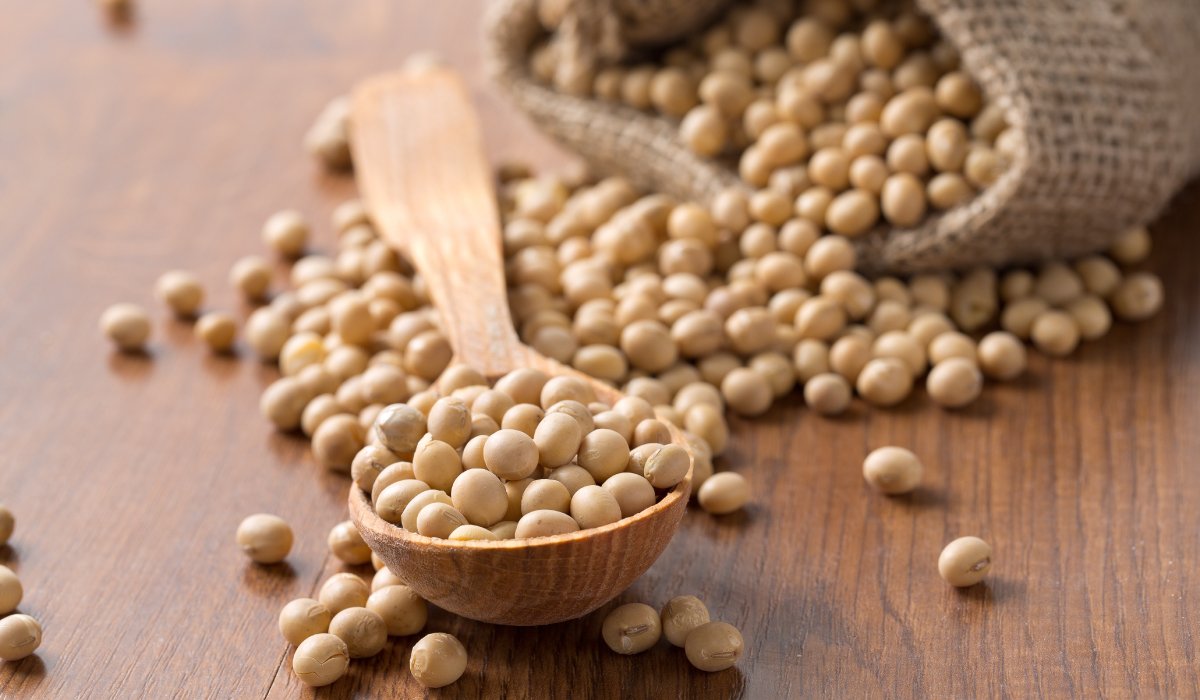The oilseed had attained record highs, surpassing the 10000 level!! There was an acute shortage in the supply line since most of the value chain participants such as stockists, processors had preferred bulk purchases, so as to maintain adequate inventory for combating against the supply disruptions.
The problem of supply disruption emerged in 2021 because of the lockdown restrictions, caused by the first and second waves of COVID -19 infections. The trend had reversed August 2021 onwards, as spot farmers and stockists offloaded their stocks in heavy quantities against record high prices. The price control measures such as allowing soymeal imports, and applying stock limits in oilseeds also contributed to the fall. A three-time reduction in import duty of edible oils has also pressured the markets. The abnormal price rise was considered to be unsustainable by the industry and it was adversely affecting the small poultry farmers in context to weakening demand and higher price risk. Soybean trended lower between August and October.
Markets recovered November onwards as the big farmers who were holding more than 75 percent of the harvest, were reluctant to sell at cheaper offers (Considering last year prices). When compared with December 2020 prices, soybean is up nearly 38 percent presently.
 Five most promising soybean meal alternatives
Five most promising soybean meal alternatives
Soybean has an important place in the world's oilseed cultivation scenario, due to its high productivity, profitability and vital contribution towards maintaining soil fertility. Moreover, it is one of the most popular components in the Indian kitchen and considered as the most nutritious food items that have been consumed for thousands of years. Moreover, it’s one of the most demanding and profitable vegetables for Indian farmers which demand is just growing with the coming years.
The crop also has a prominent place as the world's most important seed legume, which contributes 25% to the global vegetable oil production, about two-thirds of the world's protein concentrate for livestock feeding and is a valuable ingredient in formulated feeds for poultry and fish. About 85% of the world's soybeans are processed annually into soybean meal and oil. Approximately 98% of the soybean meal is crushed and further processed into animal feed with the balance used to make soy flour and proteins. Of the oil fraction, 95% is consumed as edible oil; the rest is used for industrial products such as fatty acids, soaps and biodiesel.
UPSIDE TO REMAIN CAPPED IN 2022: For soybean it was an interesting story during the later part of 2021, since the prices had maintained a strong trend throughout November and December, despite the peak supply season. There was limited selling by the farmers, who were holding more than 75 percent of the harvest. Prices did correct after the stock limits were decreased, nevertheless the spot and the derivatives were supported as whatever supply arrived in the open market (Because selling was very less in the spot market), it was absorbed due to regular crushing of the seed. Market talks indicate that unless the big farmers do have a better price realization of their stocked produce, they will not prefer selling in the physical market.
Soybean prices are also influenced by the factors impacting soymeal and soya oil. Soymeal exports are expected to improve during the first quarter while edible oils like soya oil and palm oil are still facing a tight supply situation in the major markets of USA and Malaysia respectively.
However India will be harvesting a bigger crop this year resulting in higher carry stock year on year. Summing up, we expect a moderately bullish trend during the early part of 2021, and chances for a short term bearish reversal may be observed March or April onwards. It is quite likely that average prices will be below the 6500 level second quarter onwards.















